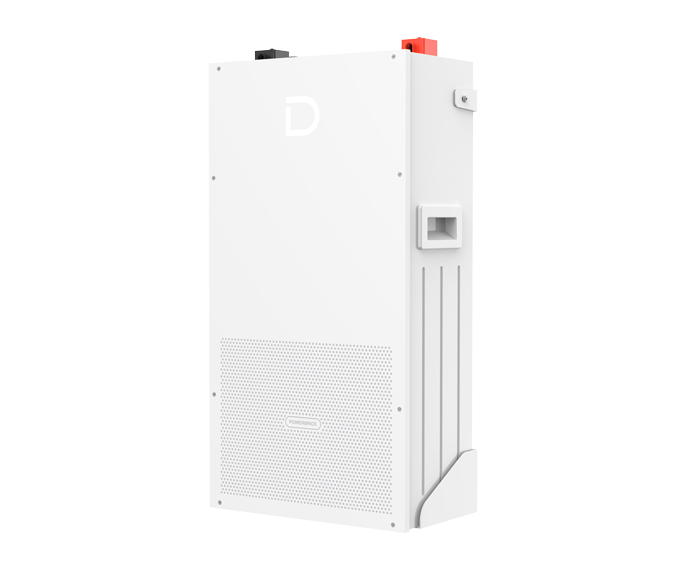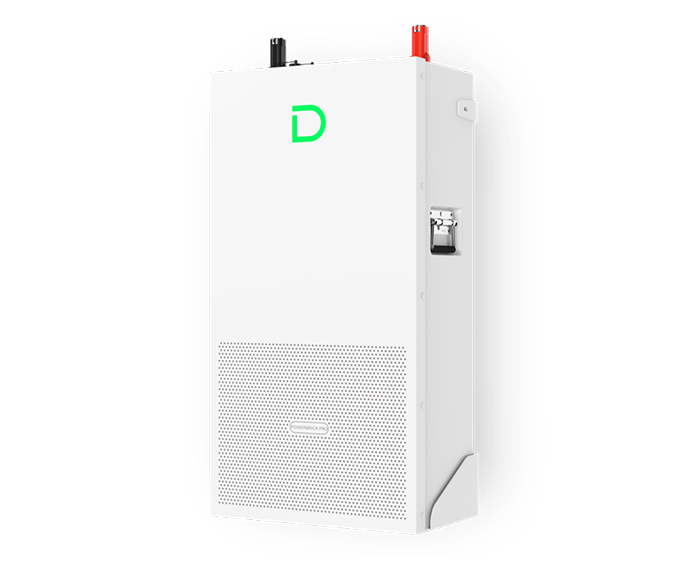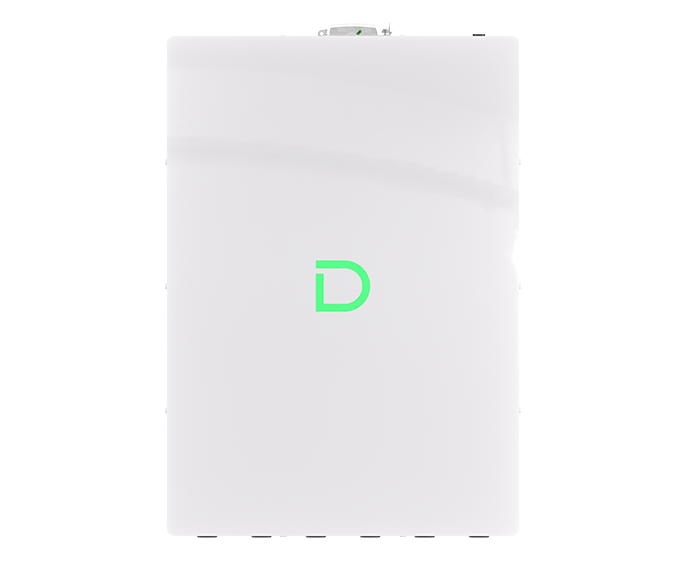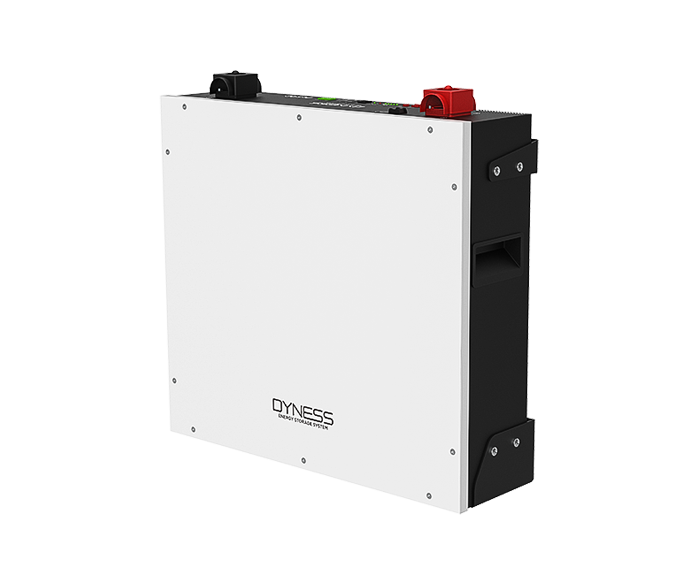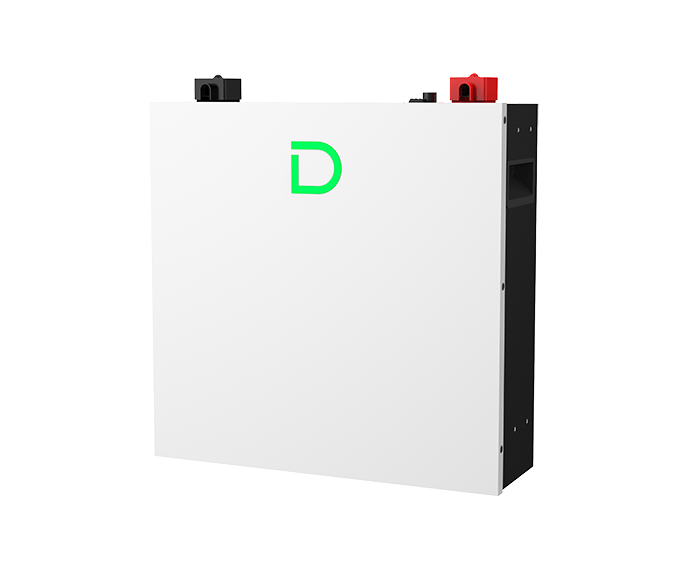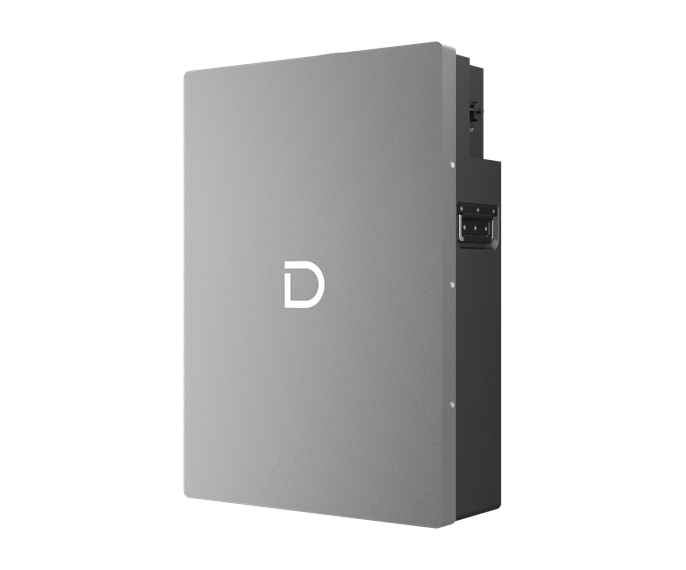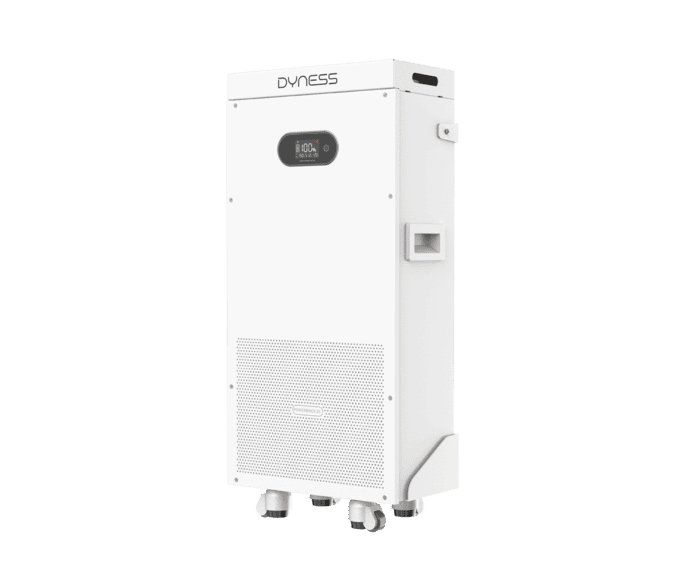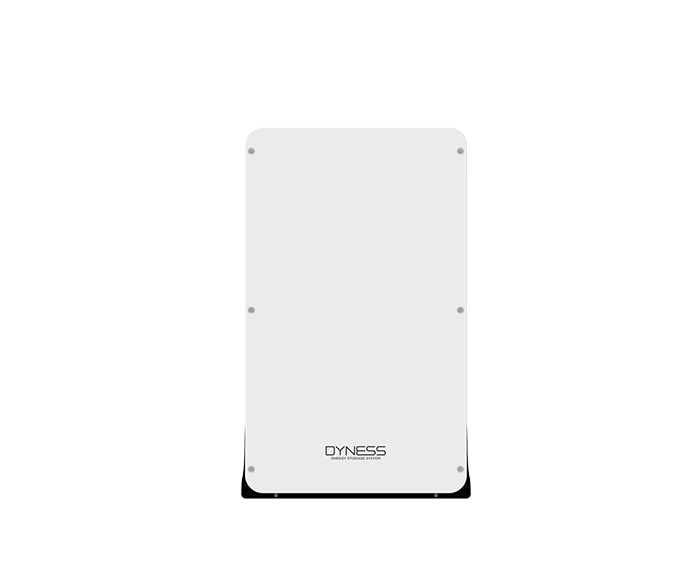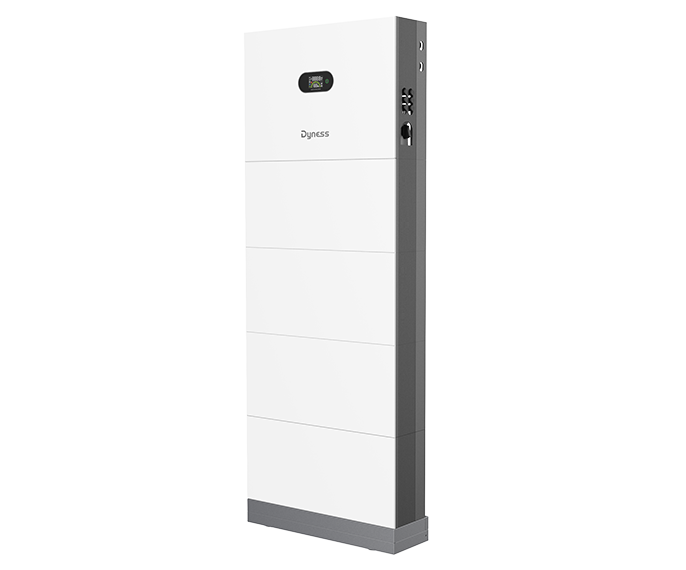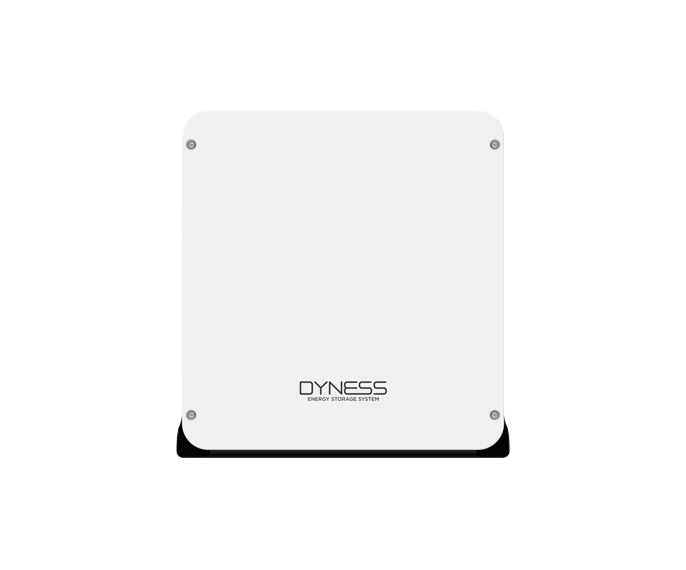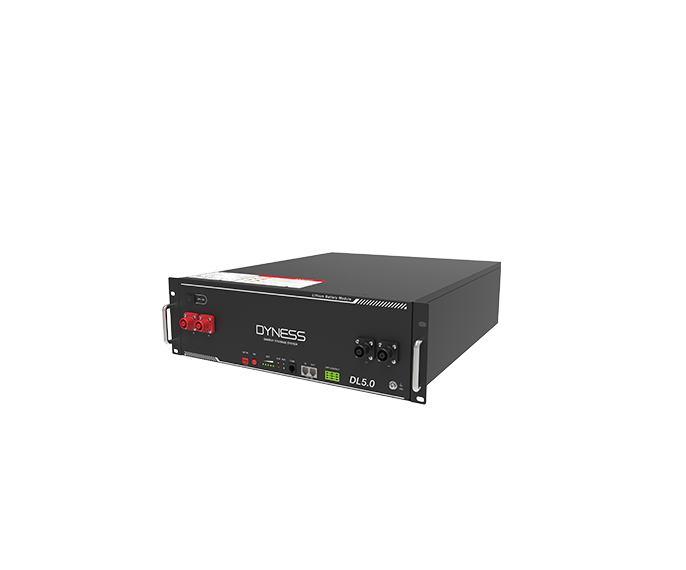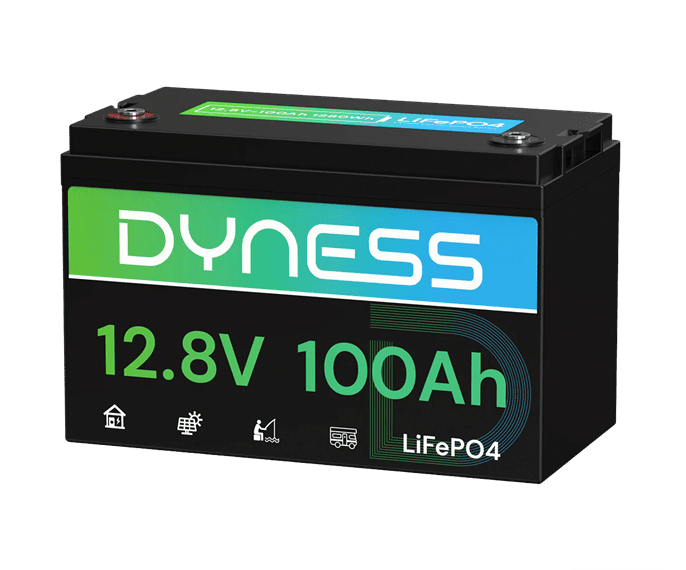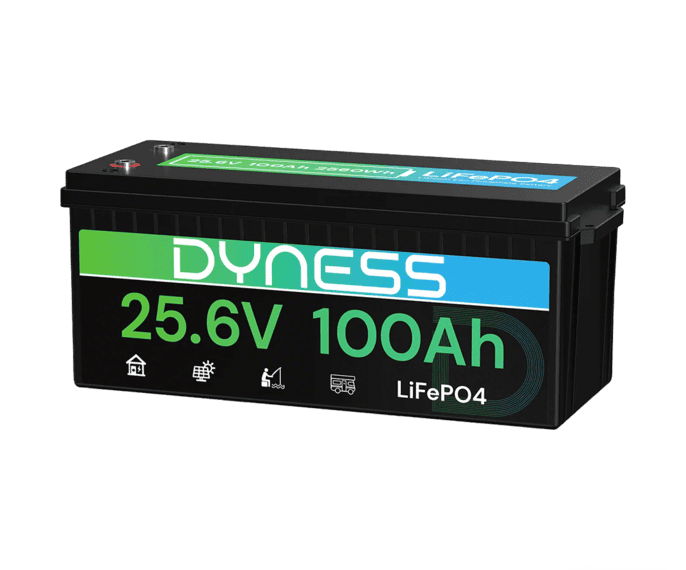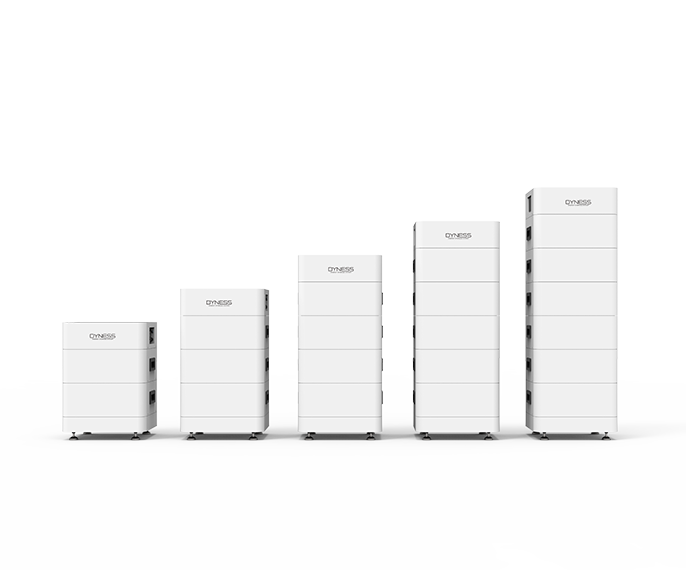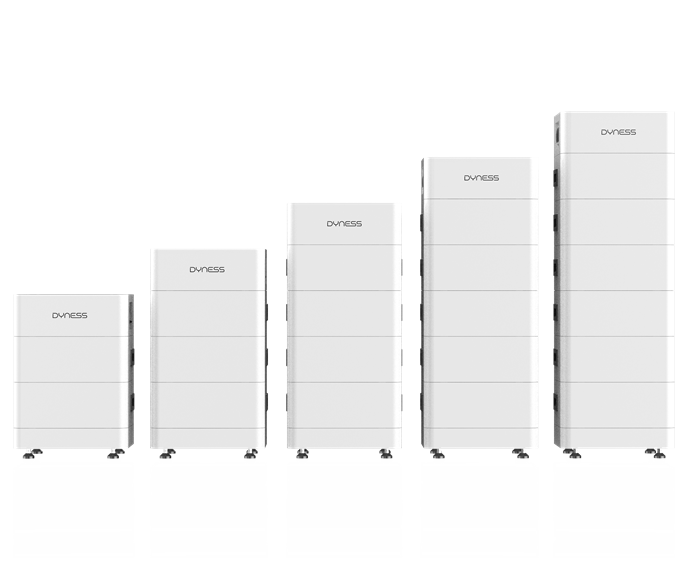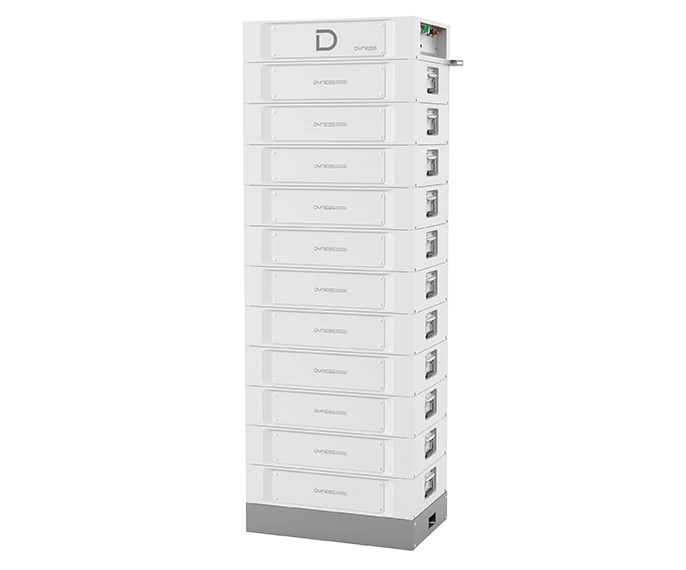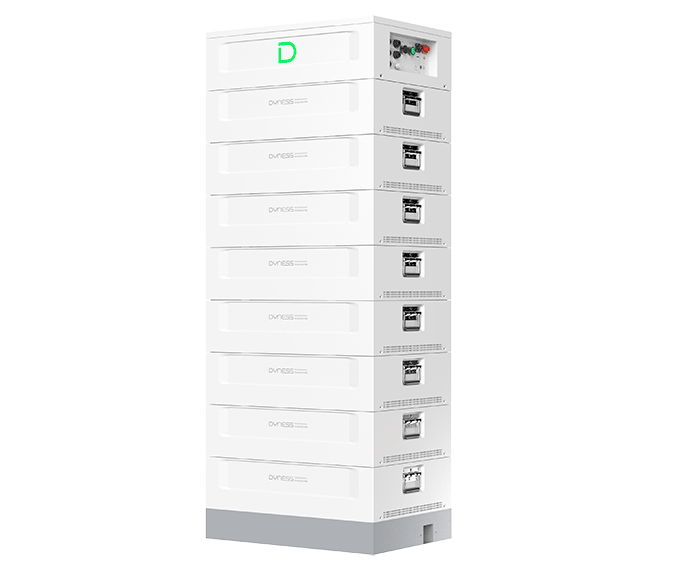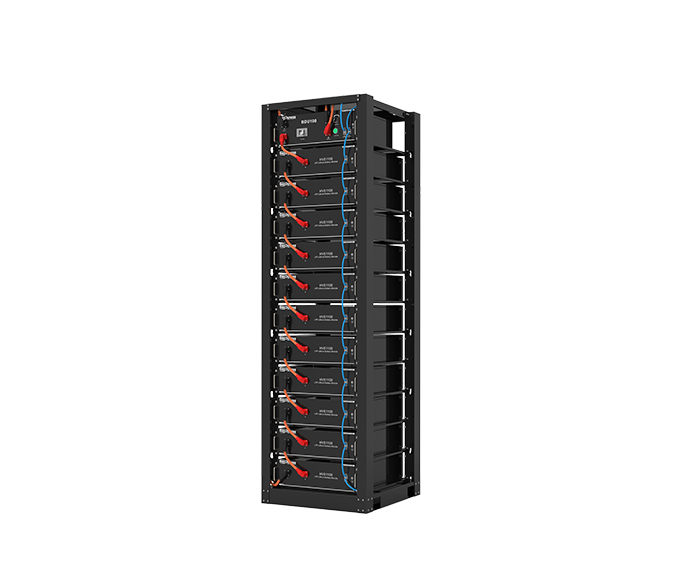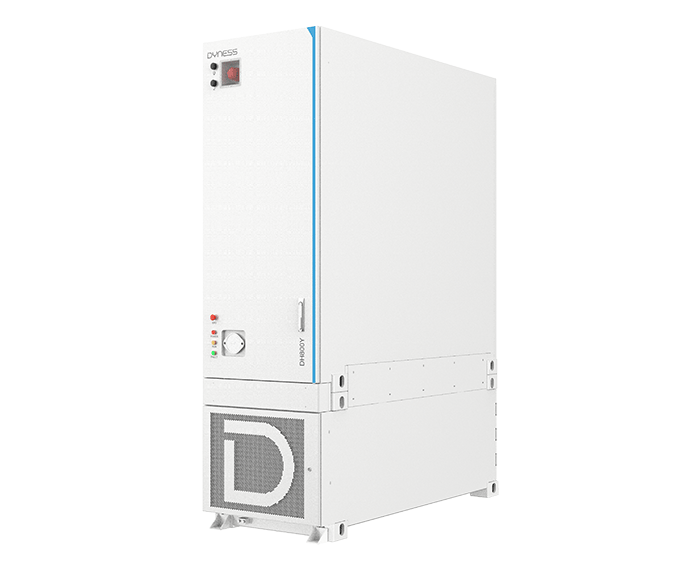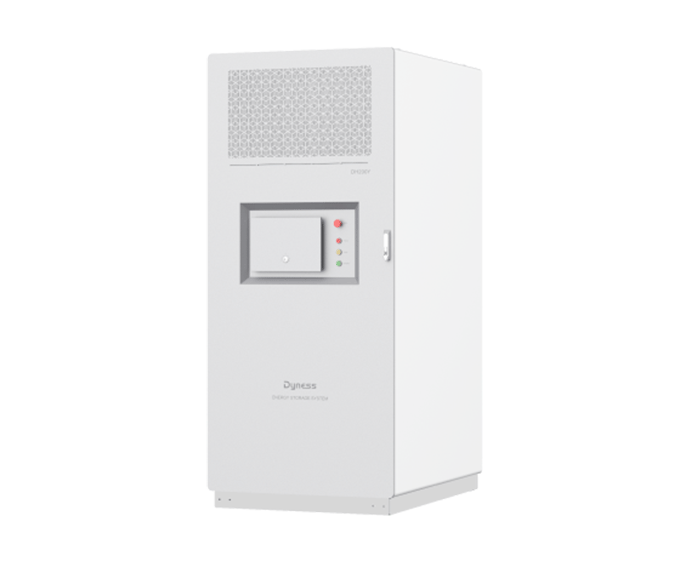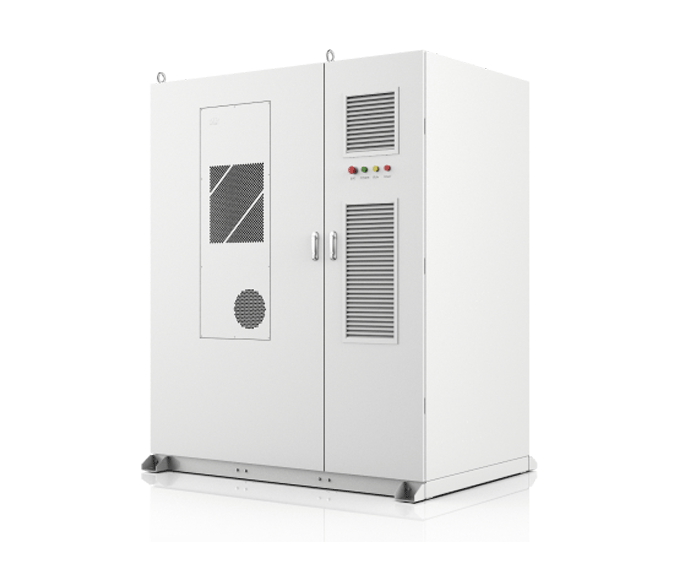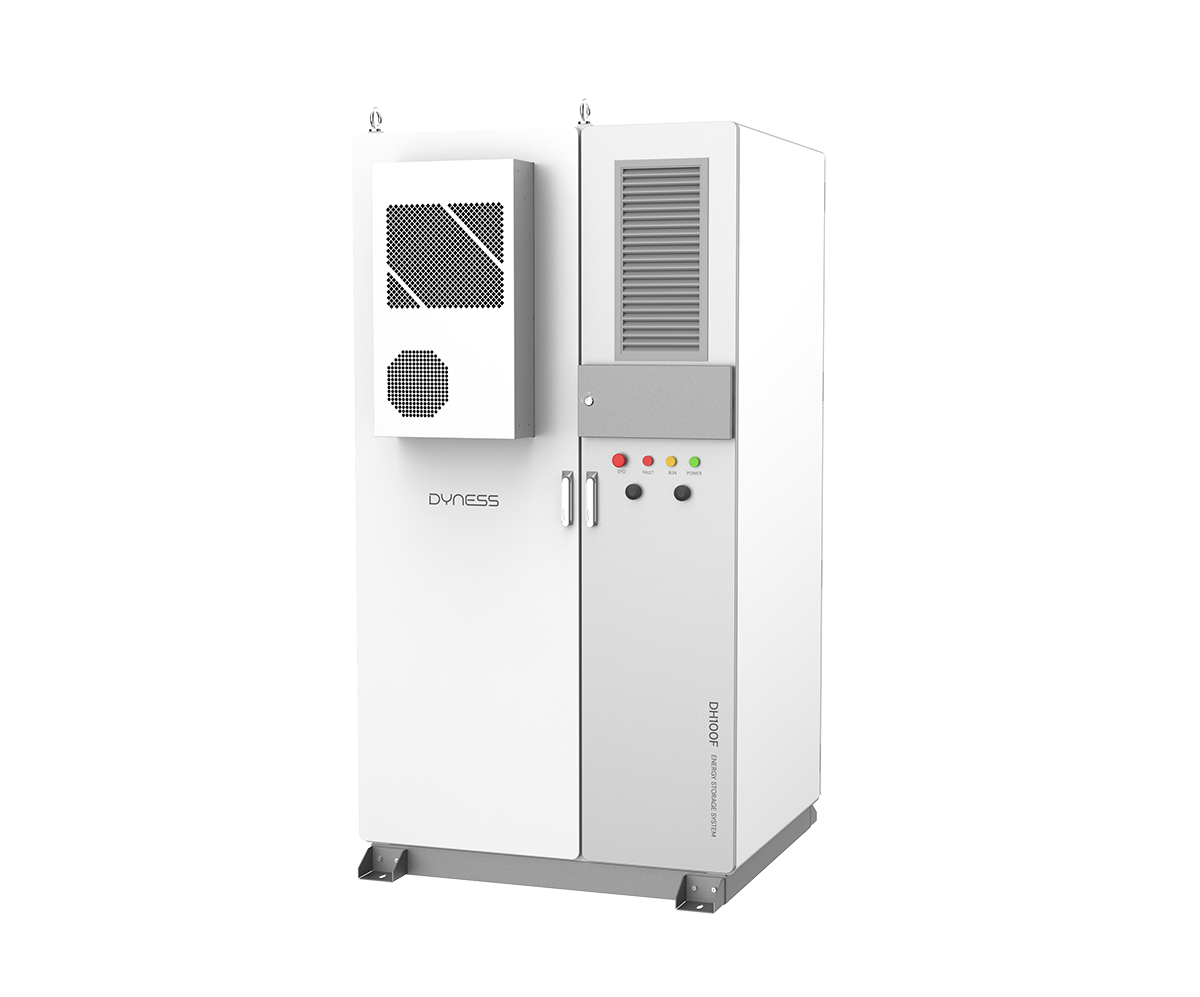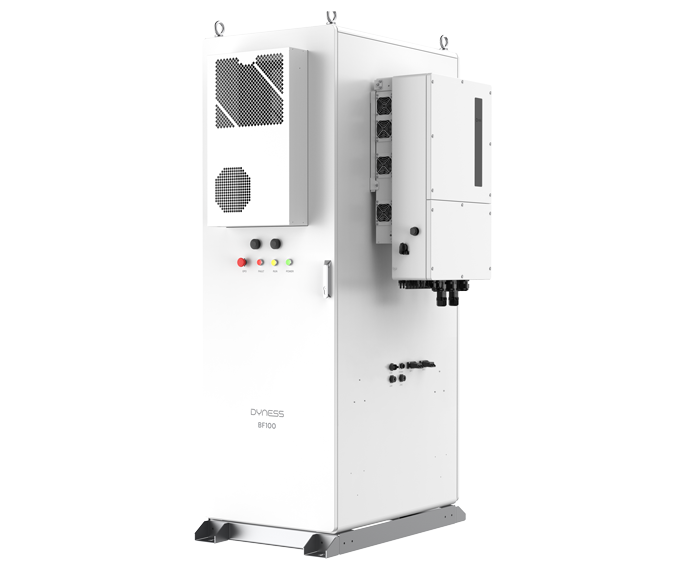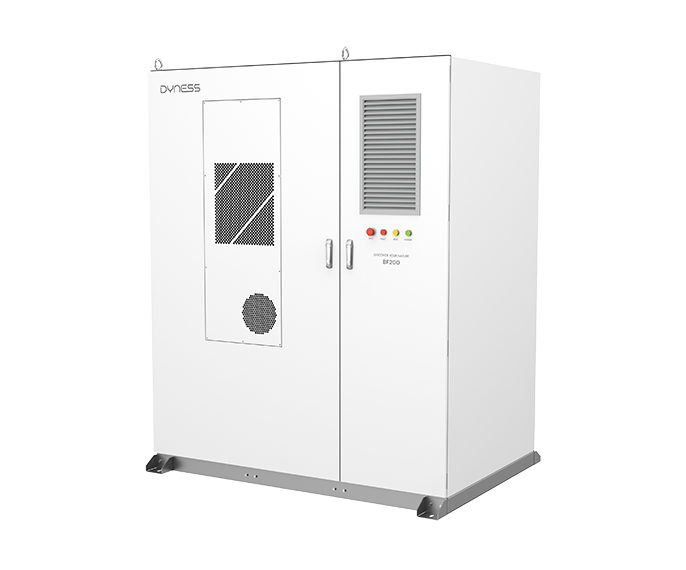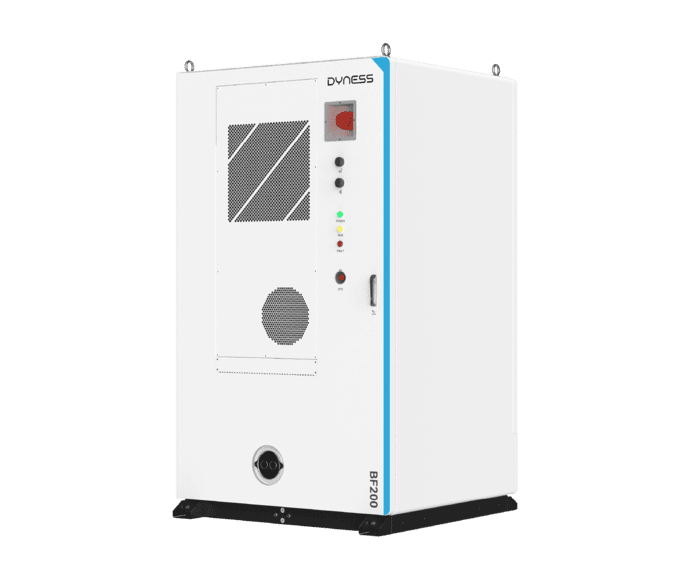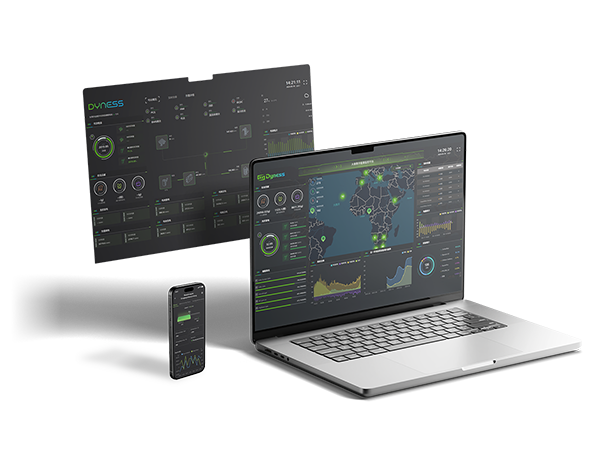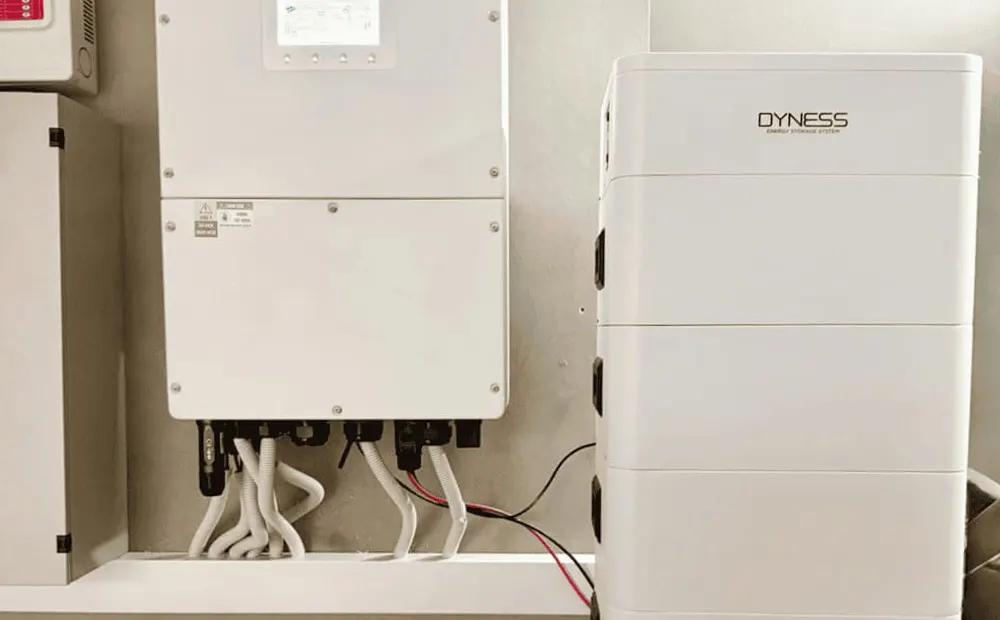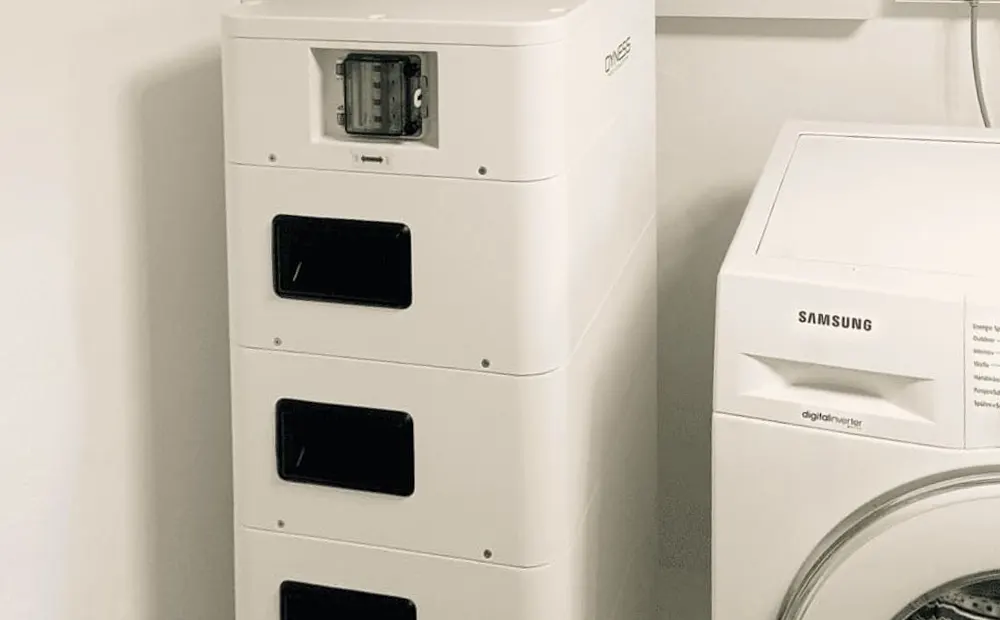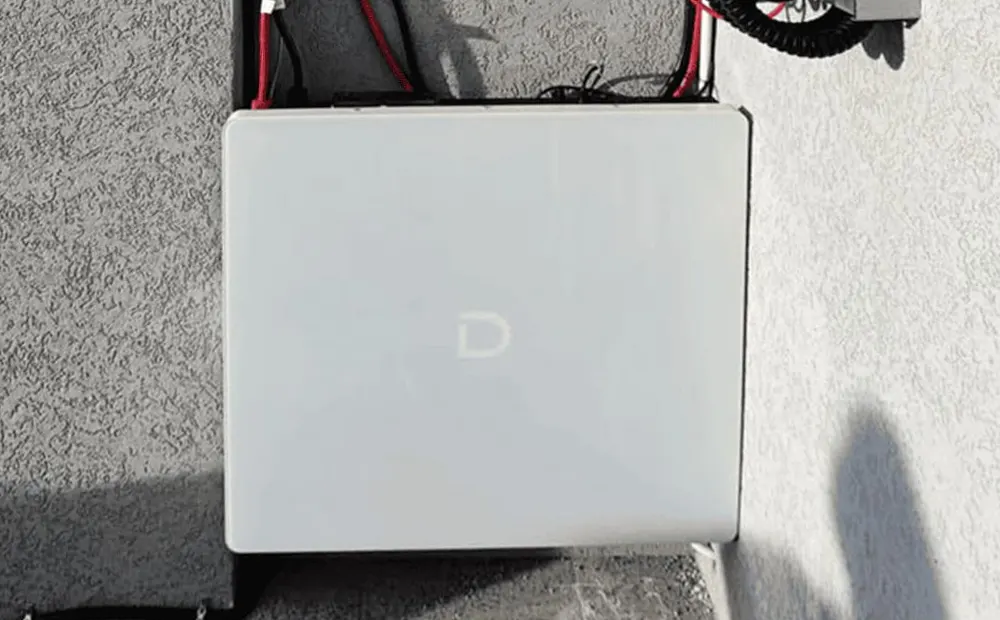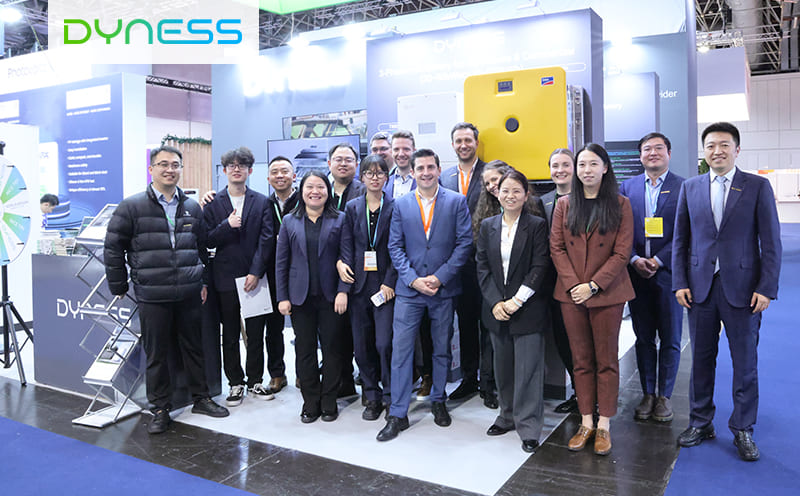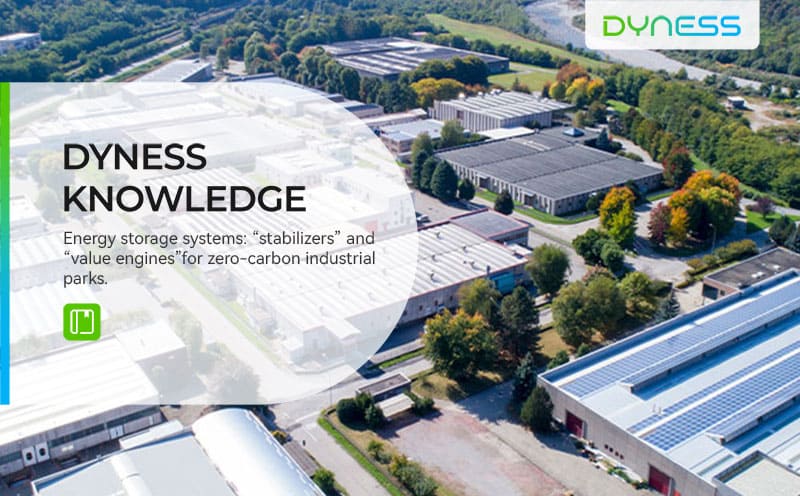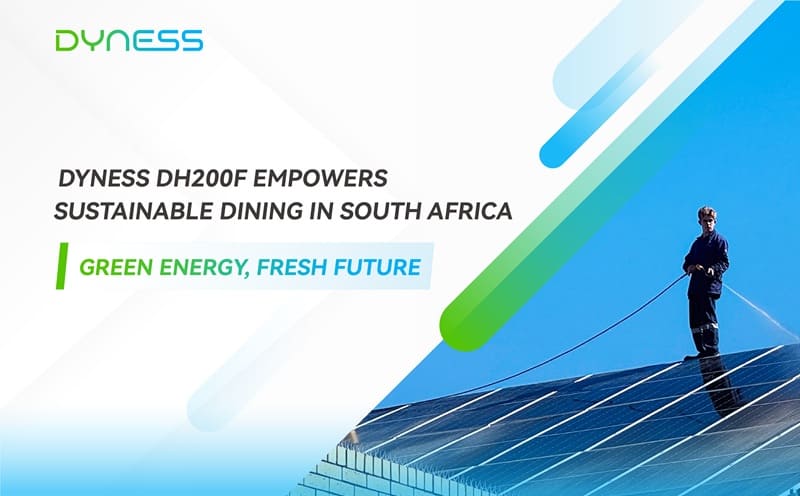Dyness Knowledge | How to ensure safe operation of energy storage in extreme environments
-
Technical Blog
-
2025-08-25
-
Dyness

Against the backdrop of the "dual carbon" strategy and the accelerated energy transition, energy storage systems are being widely adopted in various scenarios. However, extreme environments pose unprecedented challenges to the safe operation of energy storage. Ensuring the safe, stable, and efficient operation of energy storage systems in complex and changing environments has become a core issue that the industry must address. This article will explore how to ensure energy storage safety in extreme environments, drawing on practical solutions from Dyness.
Impact of extreme environments on energy storage systems
Temperature environment
High temperatures: While chemical reactions within the battery accelerate, improving charging and discharging efficiency, excessively high temperatures can increase the risk of thermal runaway and even fire. Temperature differences exceeding 5°C within the battery module can easily lead to localized overheating, accelerating aging and compromising safety.
Low temperature: The chemical reaction rate slows down, the charging and discharging efficiency and the actual available capacity decrease, affecting the overall performance of the system.
Plateau environment
At high altitudes, the reduced atmospheric pressure reduces the heat dissipation of lithium batteries. To ensure safety, structural heat dissipation design must be enhanced, and creepage distances and insulation levels must be increased in electrical design. Power derating should also be implemented. Typically, power derating is approximately 8% to 10% for every 1,000m increase in altitude.
Coastal areas
Coastal areas are subject to high salt fog environments. The chlorides and sodium salts in these environments can accelerate oxidative corrosion of metal components, degrading battery performance and shortening battery life. Furthermore, salt fog environments can damage the waterproof seals of energy storage devices, causing internal components to become damp and increasing the risk of short circuits.
The solutions of Dyness for dealing with extreme environments
DH200Y is Dyness's first high-safety, high-energy-density DC1000V outdoor liquid-cooled grid-connected integrated cabinet, suitable for grid-connected projects such as office parks, commercial buildings, and charging stations.
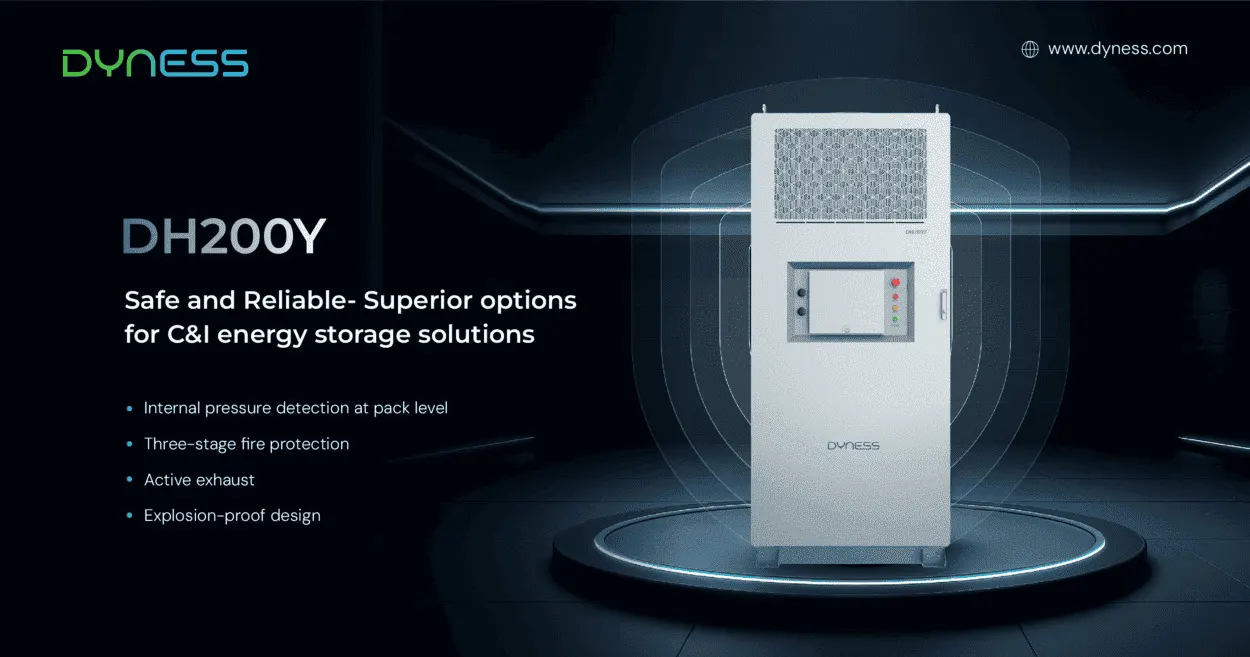
To cope with extreme temperatures and plateau environments below 3000m, the DH200Y features a three level detection + active exhaust + passive explosion-proof design, along with PACK intelligent liquid cooling + PCS intelligent air cooling technology, which controls cluster-level temperature differences to ≤3°C, extending battery life, eliminating hidden dangers, and ensuring safe system operation.
Designed for high salt fog environments in coastal areas, the DH200Y boasts a PACK+PCS IP65 protection rating. The entire unit is available with optional C3/C5 corrosion resistance, making it ideal for harsh environments like high humidity and salt fog corrosion.
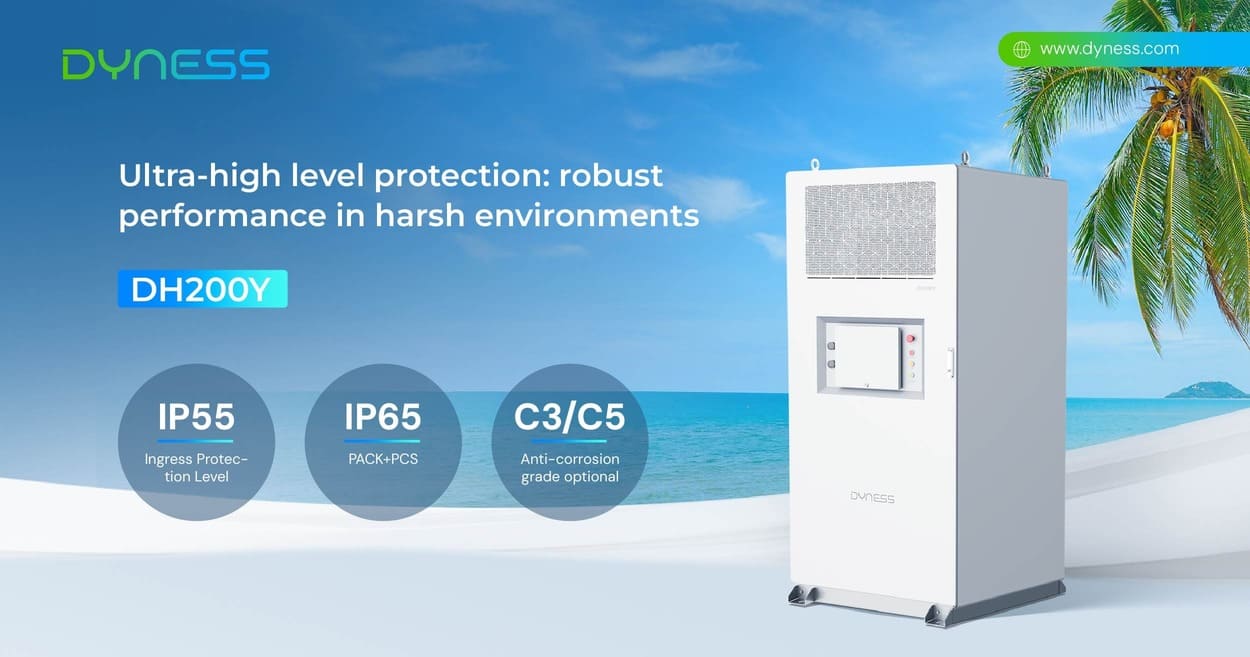
Whether in scorching heat or bitter cold, on the sparse plateau, or on the humid coast, the DH200Y, with its advanced liquid cooling technology and comprehensive safety protection design, can handle it with ease. It continuously safeguards the safety and stability of energy storage systems, allowing green energy to more safely and reliably penetrate a wide range of industries.
Dyness Digital Energy Technology Co., LTD
WhatsApp: +86 181 3643 0896 Email: info@dyness-tech.com
Address: No.688, Liupu Road, Suzhou, Jiangsu China
Dyness Website: https://www.dyness.com/
Dyness community: https://www.facebook.com/groups/73560020090





